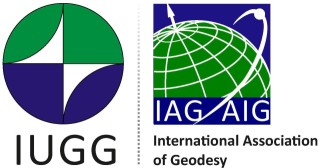The following research focuses on the estimates of seasonal signal from Global Navigation Satellite System (GNSS) position time series under different noise levels being present in data. Seasonal signal, which is commonly modelled by two periodic signals of annual and semi-annual frequencies and amplitudes constant over time. However, the amplitudes may vary slightly over time, as the geophysical phenomena which cause the seasonal changes are not constant over time. In this presentation, we give an overall analysis of seasonal signals estimates for a set of 174 IGS (International GNSS Service) stations processed by Jet Propulsion Laboratory. With a use of synthetic benchmark of a character of real GNSS position time series, the annual and semi-annual changes were determined with Wavelet Decomposition (WD), Singular Spectrum Analysis (SSA), Chebyshev Polynomial (CP) or Kalman Filter (KF). We show that ignoring the variations in the amplitude of the seasonal signal results in a bias of the spectral index of a power-law noise towards flicker noise. For a high noise level, KF tuned with the autoregressive process produces a smaller misfit between synthetic seasonal signal and the estimated curve. For a low noise level, KF, SSA and CP produce comparable results. For real GPS data, SSA and KF can model 49-84% and 77-90% of the variance of the true varying seasonal signal, respectively.
|
|
|
|
How do the Different Noise Levels Affect the Estimates of Seasonal Signals?
1 : Military University of Technology
(MUT)
Sylwestra Kaliskiego 2, 00-908 Warsaw -
Poland
2 : University of Beira Interior, Instituto D. Luis
R. Marquês d'Ávila e Boloma, Portugal -
Portugal
|

 PDF version
PDF version
